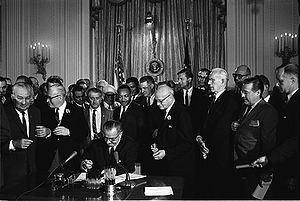 March 2012,
March 2012,
I heard that Alameda County California voted to implement their “ban” on single use bags not regulate them sometime around January 2013. It just so happens that at or around the same time things were being finalized in different parts of our beautiful state of Washington. It has been a long struggle for Washington State to move towards an ordinance that would “ban” bags at retail outlets due to big MONEY in the plastics industry.
However, in late December, word was that the City Councils Zero Waste Initiative to “ban” plastic bags in limited and in graduated way realized after four years. In 2008, the Council banned Styrofoam and though they tried to regulate plastic bags they got serious push back from the industry, which spent about $1.4 million, collected signatures with rumors of leaving out some info … then had the ordinance repealed. It was nice to read about Council Bill 117345, a bill to protect Puget Sound, our marine wildlife and our Environment in general joining about twelve states and up to twenty nations. The Seattle City Council voted 9-0 to implement the ban on plastic carry out bags.
Finally, after years of pulling out my recycled bags for the checker to shove my groceries into, Washington State is joining the global movement to protect marine wildlife; the ordinance will take effect on July 1, 2012. It may be a cliché, but this ordinance is a change we can all believe in. I have to say, at first; in my experiences; checkers seemed a little annoyed at having to fight with the reusable bags. The word from most Checkers back in the day was, that plastic is just easier. Yes, the first reusable bags were too small, the dye ran the material was unforgiving, but as folks found better ways to make them; the cost came down and more people bought them including me.
Now, the bags not only cost a little bit more, they are bigger more stylish, last forever are definitely more flexible, and a highly recommended investment. The move to switch from plastic to” bring your own bag” will be difficult for some at first; I intend to carry a few extra to give away or sell; on my website. Studies show that birds, sea turtles and other wildlife eat the bags and some made with toxic chemicals that could be harmful. The time for a behavior change is now. We all know change is tough, but here we are in the 21st Century and that floating garbage circle discovered in the 50′s is only getting bigger. There will always be push back from the plastics industry, their supporters as well as environmental activists who all feel the government does not go far enough and they may be right, but we have to start somewhere.
It baffles me at how complicated people have made the effort to clean up our environment; we all know the need to reduce TRASH as a whole starts at home, although Seattle is the 15th largest metropolitan area in the nation, only 13% of plastic bags used are recycled.
We owe it to our next generation…
Grocery stores, as well as food service outlets owe it to consumers and the environment.





You must be logged in to post a comment.